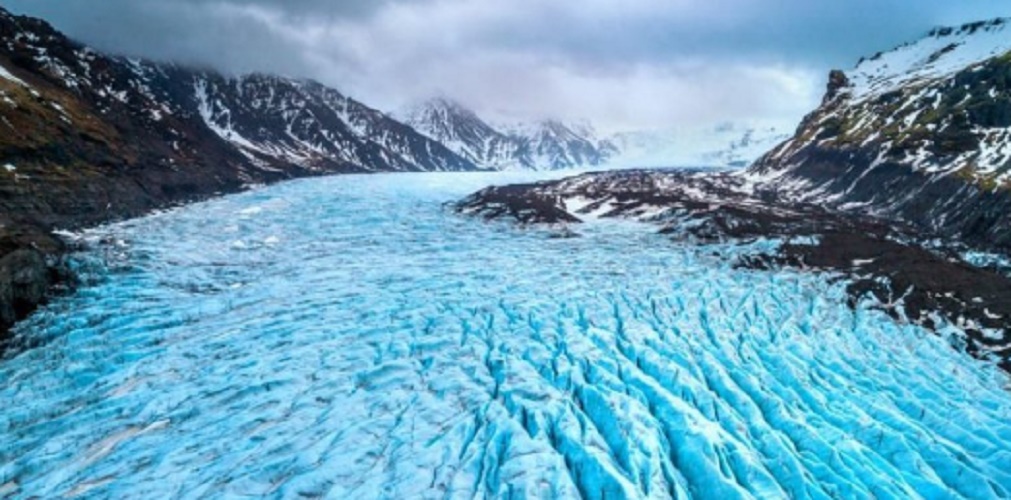What is geomorphology?
We explain what geomorphology is, its object of study, branches and why it is important. In addition, its relationship with geology.
-
What is geomorphology?
Geomorphology is the branch of both geology and geography , which studies the forms of the earth’s surface, to understand its origin, transformations and current behavior.
To do this, he often goes to other sciences in search of tools and knowledge . Its objective is to build geomorphological models that detail, over time , the destructive and constructive processes that resulted in the observable terrestrial landscape .
These processes are classified, according to the interests of geomorphology, into four categories, according to their nature:
- Geographical , when the elements of geography such as climate , soil , gravity , fluvial, maritime action or winds intervene in it .
- Biotics , when they are a consequence of the action of various forms of non-human life , such as vegetation, microorganisms or animals involved in numerous erosive processes.
- Geological , when they are typical of the dynamics of the Earth , such as tectonic plates , volcanism, orogenesis, etc.
- Anthropic , when they are the result of human activities, either for or against erosive processes.
On the other hand, although geomorphology was in its beginnings inseparable from geography, at the end of the 19th century it assumed its own field of study, thanks to whom it is considered its founding father: the American geographer William Morris Davis (1850-1934).
Early geomorphology students empirically contested the dominant thesis at the time that the relief of the planetary surface was a consequence of the action of the universal flood of the Bible.
-
Object of study of geomorphology
Geomorphology focuses on the various landforms presented by the earth’s crust and the factors that contribute to defining them , such as climatological, hydrographic, geological, anthropic elements, etc.
In that sense, its focus is both physical (in the sense of studying the natural transformations of the lithosphere) and human (since it also contemplates the effect of human activities on the earth’s crust).
-
Branches of Geomorphology

Geomorphology has numerous subdivisions or branches, such as:
- Climate geomorphology . As the name suggests, it studies the influence of climate on the development of a specific relief, due to the action of atmospheric phenomena such as wind, rain, atmospheric pressure and temperature .
- Fluvial geomorphology . It specializes in the action of river erosion on the earth’s surface, and the impact of hydrography on relief modeling.
- Wind geomorphology . Similarly, it raises a specialized approach in the action of wind erosion and winds on the relief of the planetary surface.
- Glacial geomorphology . It deals with studying the geographical formations linked to glaciers, for which it often relies on glaciology.
- Structural geomorphology . Study the relief emphasizing geological structures, such as faults and folding, rock outcrops, etc. It is very close in its approach to geology, of course.
-
Importance of geomorphology
The geomorphological study is the main access route to the dynamics of the formation of the geography of our planet, that is, it allows us to answer why the relief is as it is , why there are mountains where there are them, in short, why the earth’s crust It acts as it acts and it possesses the forms it possesses.
This is not minor information, because by understanding the processes that shape the world, we can also understand its history, its origins, and also understand our impact as a species in it.
-
Geology and Geomorphology
While both disciplines have a similar approach, when dealing with the forms of the earth’s crust, it is important to note that geology has a much more vast and complex approach , since geomorphology is one of its branches only.
Geology, in fact, is not only interested in the shape of the Earth, but also in the materials that compose it, in the origin of them, in the formation processes that occurred and continue to occur inside, in its total structure, in a myriad of aspects that escape the field of study of geomorphology, also limited to the lithosphere and the earth’s crust.





